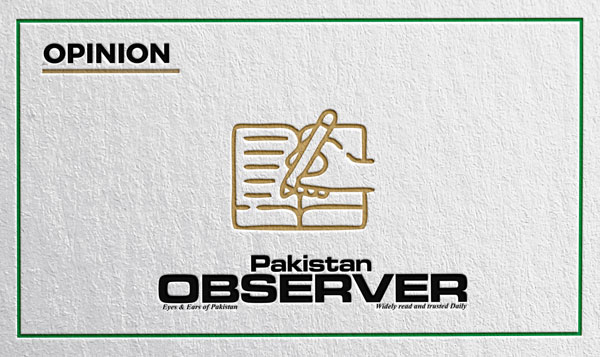Articles and letters may be edited for the purposes of clarity and space.
Outsourcing of BHUs
The Punjab government’s decision to outsource 150 underutilised basic health units (BHUs) across the province, with the objective of making these facilities fully functional to provide better healthcare to patients, especially in rural areas is a step in the right direction. Without a robust accountability framework, this initiative risks perpetuating the very issues it seeks to solve. Chronic absenteeism among staff, shortage of essential medicines and inadequate infrastructure have rendered these facilities all but ineffective. Outsourcing management to the private sector is premised on the assumption that private operators will bring efficiency and professionalism.
However, efficiency alone cannot ensure that outsourced BHUs deliver equitable and quality healthcare. For this initiative to succeed, it must be anchored in measurable outcomes, such as patient satisfaction, staff attendance, medicine availability and treatment results, which must be clearly defined, rigorously monitored and publicly disclosed to enhance transparency. Community feedback is equally critical, as BHUs serve some of the most underserved populations. Mechanisms like surveys, helplines and forums should be established to gather actionable insights from patients and local communities. While outsourcing can improve short-term operations, it does not absolve the state of its responsibility to address systemic issues. Long-term solutions require investment in infrastructure, healthcare worker training as well as robust oversight mechanisms, ensuring services remain accessible and affordable for all.
Public investment in infrastructure, training for healthcare workers and better oversight mechanisms are essential to ensuring long-term sustainability. Safeguards must be in place to ensure that healthcare services remain accessible and affordable for all. Without such protections, privatisation risks exacerbating existing disparities in healthcare access. The outsourcing of BHUs is a good step, but its success depends on proper implementation. Enforcing accountability through audits and penalties and incorporating consumer feedback mechanisms are not optional; they are prerequisites for meaningful reform. Policymakers must seize this chance to set a new standard for public-private partnerships in healthcare.
QAZI JAMSHED SIDDIQUI
Lahore
A blend of culture
Lahore, with its rich history, renowned institutions, delectable food, traditional attire, folk music, films, fashion, heritage and liberal community lifestyle, attracts people from around the world. Life in Lahore is beautiful for those who can uncover its hidden charm. In an era of competition and hustle, the city reminds us that it is a world of its own, where survival often depends on adapting to the fast pace of societal norms.
Lahore is a colourful and festive city where its people celebrate every occasion with enthusiasm whether it’s Basant, Lohri or any other local festivity. Lahoris are famously passionate about their food, making Food Street a popular destination for food lovers, often crowded with those savouring the traditional delights the city has to offer. Lahore’s historical monuments, such as Badshahi Mosque, Shahi Qila and Minar-e-Pakistan, are focal points for tourists, drawing thousands of visitors each day.
Lahore can be seen as divided into two distinct parts: New Lahore and Interior Lahore. While New Lahore represents a modern, multi-cultural society, Interior Lahore holds special appeal. The old traditions, social norms and architectural gems from the times of the Mughals, Sikhs and British rule remain preserved in this area. The narrow streets of Interior Lahore, where two people can hardly pass side by side, are home to historic homes, temples and buildings that reflect essence of a bygone era.
The people here are known for their warmth and hospitality, making visitors feel welcome. Traditional foods like Das Kalicha and Mughal Nihari further add to the cultural experience, offering flavours that many may be unfamiliar with, but are unique to this part of the city. New Lahore, on the other hand, is a melting pot of diverse cultures, including Sindhi, Pushtoon, Balochi, Siraiki and Punjabi cultures. This fusion creates a vibrant atmosphere, enriching the city and making life colourful and dynamic. As the saying goes, “He who has not seen Lahore, has not been born.”
WASEEM SOOMRO
Lahore









